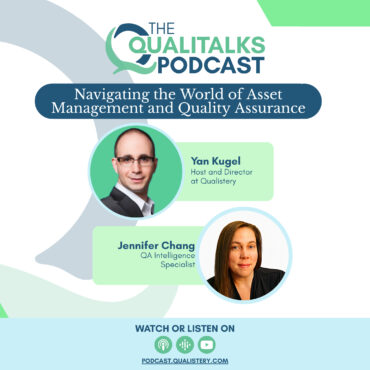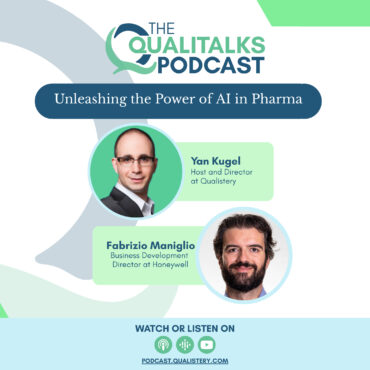
What are CMOs and what are they good for (Part 1 – Lonza) [Kurt In Albon]
In this podcast, we talk about CMOs and CDMOs, i.e., Contract Manufacturing Organizations, what they are, how they work, their past and expected future, and everything you need to know […]





